Great thread! What can you tell me about these? They are from a hillside in Newman Lake, WA. According to my research this is in the Coeur d'Alene area of the Belts Supergroup, which is noted for its quartzite. In particular, the CDA area is noted for a glassy vitreous quartzite. And invisibly fine gold is often found in quartzite. That's all I know, and I don't know if it's right or wrong. The rocks are float, tumbling down the hillside - I haven't found the source yet. Many of them are entirely crystallized, but those that have clustered terminations are stubby and covered in something that looks powdery, but nothing removes the "powder" (not oxalic acid or muriatic acid or sandblasting or water blasting or scrubbing with brass brushes). The white rocks were simmered for days in oxalic acid, then soaked for a few weeks in muriatic acid, trying to make them pretty, but nothing really cleans them up.
So, what can you tell me about these? And might they have that elusive, invisibly fine gold? And how could I tell? And then how could I get it out?
Thanks!!
View attachment 1274299View attachment 1274300View attachment 1274301View attachment 1274302View attachment 1274303View attachment 1274304









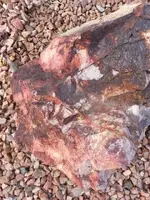
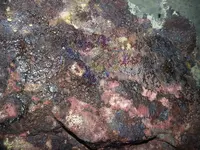
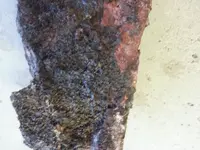
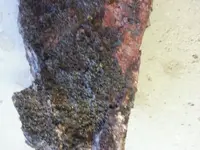


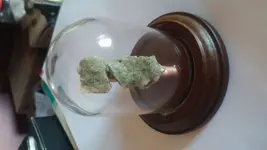



 It came from that hole on the picture,,, when i looked in there a bunchhhhh of flys where inside there where this material
It came from that hole on the picture,,, when i looked in there a bunchhhhh of flys where inside there where this material
